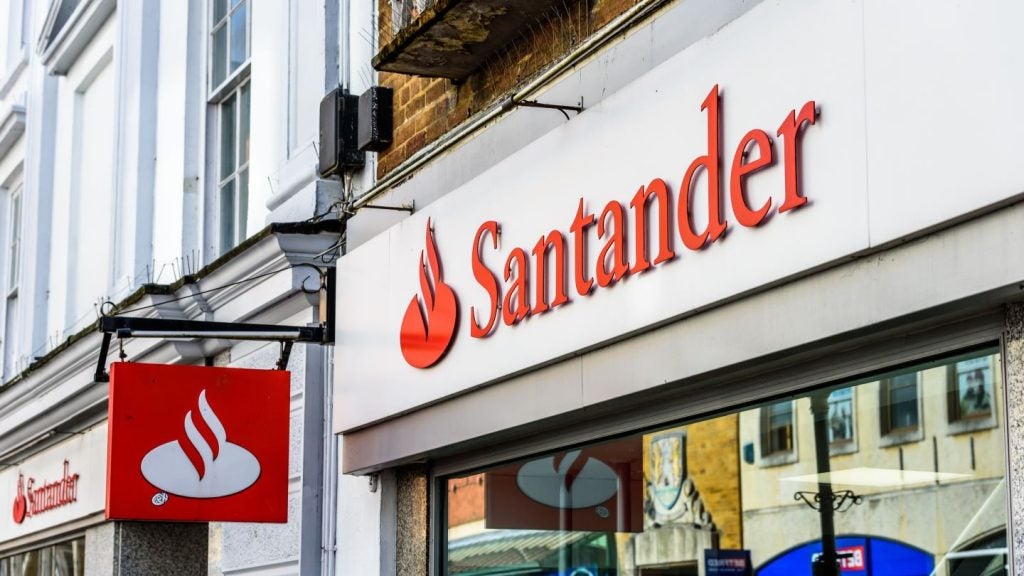At this year’s Linedata conference in London, the focus turned to new technology such as blockchain. IAA Advisory chief executive Lindsay Town examined the case – and likelihood – that we could see distributed ledger technology redefine the way leasing businesses are organised. Brian Cantwell reports
How would I build an asset finance company? Probably not the way they look today,” said Lindsay Town, chief executive of IAA-Advisory and speaker at the Linedata Leasing and Lending panel in London in June.
“Is blockchain and fintech the answer for the market? Probably not, but it is part of it. The problem is that everybody hears ‘blockchain’ and wonders what it is.”
Town said blockchain was a building block, or a developmental technology, which had caught on for several reasons, but not all of them positive. “In the public mind it’s mixed indelibly with the dark web, or bitcoin, which is the one that caught the public’s imagination. So people think blockchain is very complicated and probably not very good, mostly for the wrong reasons.
“It is a way to organise, record and secure data, with critical emphasis on the security aspect. And it is distributed – another term for blockchain is distributed ledger technology (DLT). All the data resides on everybody’s system, at the same time, identically. If one user changes the data, it changes for everyone – it’s also known as the ‘great chain of being sure of things’.”
Town said another way of considering it was as “pages in a book”, rather than “blocks in a chain”.
How well do you really know your competitors?
Access the most comprehensive Company Profiles on the market, powered by GlobalData. Save hours of research. Gain competitive edge.

Thank you!
Your download email will arrive shortly
Not ready to buy yet? Download a free sample
We are confident about the unique quality of our Company Profiles. However, we want you to make the most beneficial decision for your business, so we offer a free sample that you can download by submitting the below form
By GlobalData“For metadata, think book title and chapter; for chain, think number of the pages – it’s the sequence that you organise the data in.”
The leasing market should care about blockchain, as it is about new ways of secure process and data management, said Town.
“Let us think how we function as banks or leasing companies, and things that make or break a business: the cost-income ratio. Barclays’ is 59%, HSBC’s is 63%, Paragon’s – a slightly newer bank – is 40%, One Savings bank’s is down at 27%. DLT would allow a UK leasing company be established on a low legacy basis, with a cost-income ratio of around 4-5%.
“Can you imagine the effect that has on your bottom line? If you could actually run an effective, secure leasing business at that ratio, you have got more than a competitive edge,” Town noted.
Town continued that with new contract models, problems that the leasing industry face are changes in accounting, changes in behaviours, and managed service contracts.
“‘Managed service contracts’ is a phrase that takes away the simple leasing-type relationship, and debtor and creditor-type relationship that we have had for decades, and replaces them with variable payments; we haven’t got the floor to our payment streams.
“There could be contract suppliers from two or three different sources. One of the problems that we have is that it does not fit our current behaviour model, and it definitely does not fit our current systems models.”
Making this work is actually quite difficult, Town pointed out, but blockchain was a useful future answer to the question of managed service contracts.
“How to incorporate these variables securely in your new operating model leads us to the other part of blockchain, called smart contracts.
“With risk management, not surprisingly we need more of it and it needs to be faster. The approval times for point-of-sale, small-ticket leasing used to be a few days, but if its 30 minutes, you are probably competitive. If you are around instant, you are probably at the leading edge,” said Town.
“More risk-management capacity equals much faster delivery of finance. Our systems do not keep up with it at the moment, but they must, as that is where the competitive advantage is in the future.
“Failure to do this sort of stuff means that our competitive edge is by standing toe-to-toe with our competitors and saying that we would do it cheaper. In any market, standing and competing on price alone is usually a recipe for disaster.”
Town said demand for data gathering was increasing, as was the speed to understand it, which could be handled by blockchain, rather than a layer of legacy systems that most banks employed.
“When I worked at Barclays, I had 47 different systems operating across my business, and not one of them talked effectively to the other. Most of them were older than me. The cost of changing is enormous,” said Town.
“Legacy systems hold back the ability to gather data: It may be in there, but getting it out is a nightmare.
“You’ve captured data, but retrieving it can be difficult. The system that wanted the data probably is not the system that captured that data. So we are inefficient, but we need the information faster. The demands for information now in terms of analysis, and response times, have gone from weeks and days to hours.”
Town said that customers were demanding process times improve, with regards to speed, accuracy, and automation. “The chain of the distributed ledger allows us to approach just about every one of those,” he noted.
“With regards to regulation, I’m told the Prudential Regulation Authority gave one consumer bank six hours to respond to an entire portfolio-analysis query. Their demands now are more intrusive, more comprehensive and intolerant on the time taken to respond.”
Town explained that dealing with the market and regulator would make it likely that changes would be made in banks to better meet those demands.
“The concept of blockchain deals with traditional competition but with new tools. So, it is not a panacea; it doesn’t suddenly cure everything you want to do, but what it does is enable us.
“It frees up time, and helps control customer relationships – as we move to managed service contracts, there are more moving parts to these relationships.”
With intrusive KYC and AML technology, old methods of credit checking, such as sending utility bills, are no longer acceptable, added Town.
“Digital identification and verification, where blockchain comes in, helps to make better decisions. In a blockchain scenario, credit history remains with you for life, because it is part of an immutable chain, and it is secure. This means your credit history is far more accurate and accessible for those in the credit process.”
Use of digital technology will help get the process done quicker, and more accurately, with less vulnerability to fraud.
“Once data is collated there has to be a commonality of approach, and high security to be able to deal with this,” said Town.







